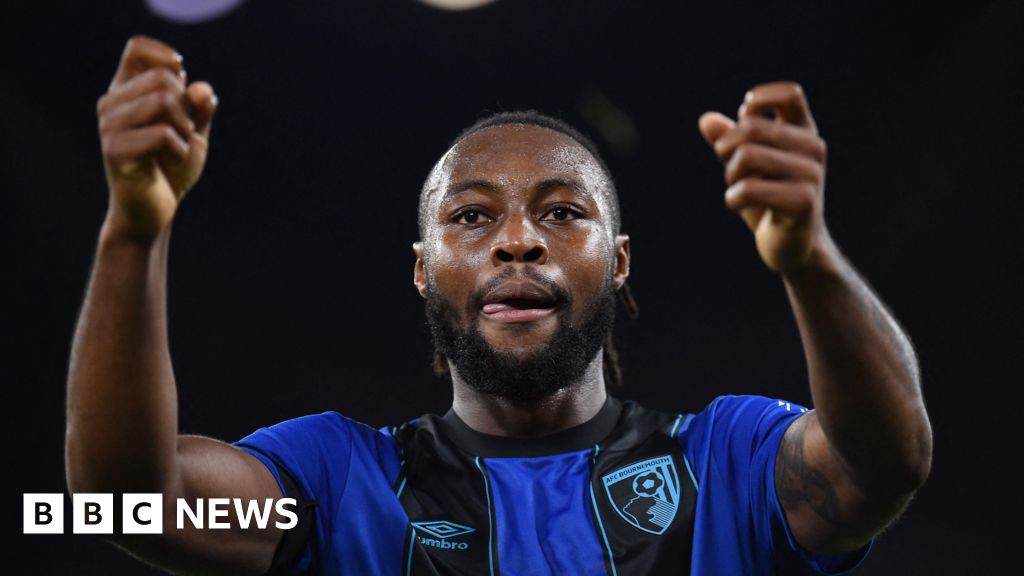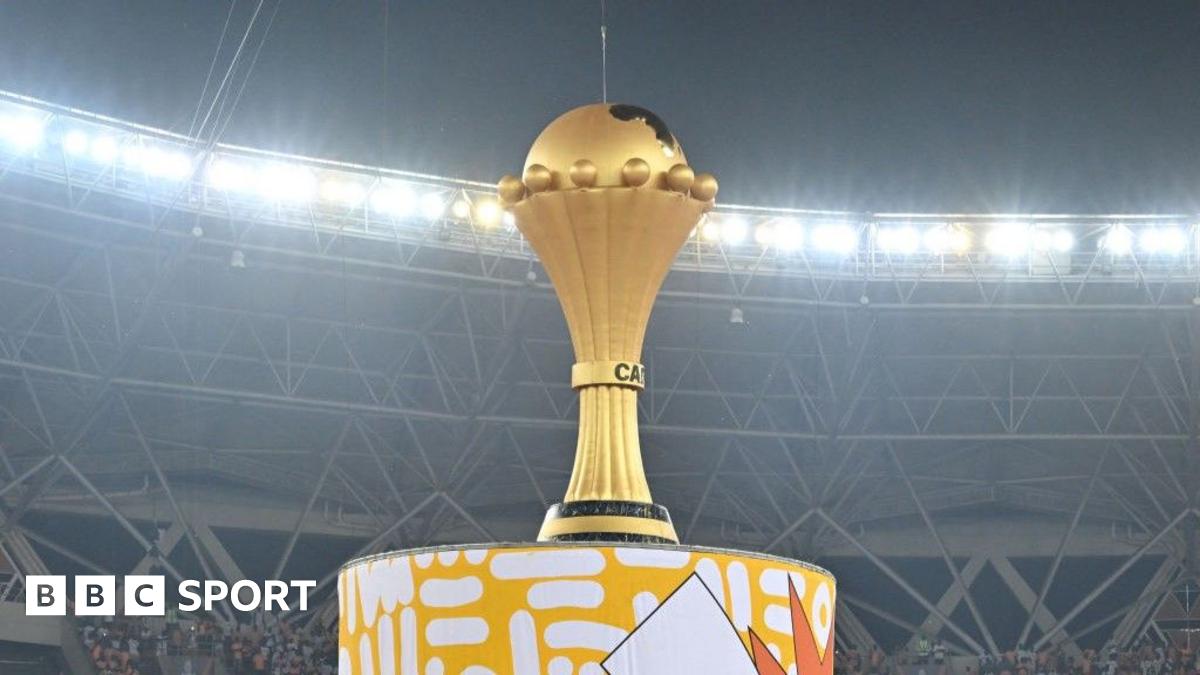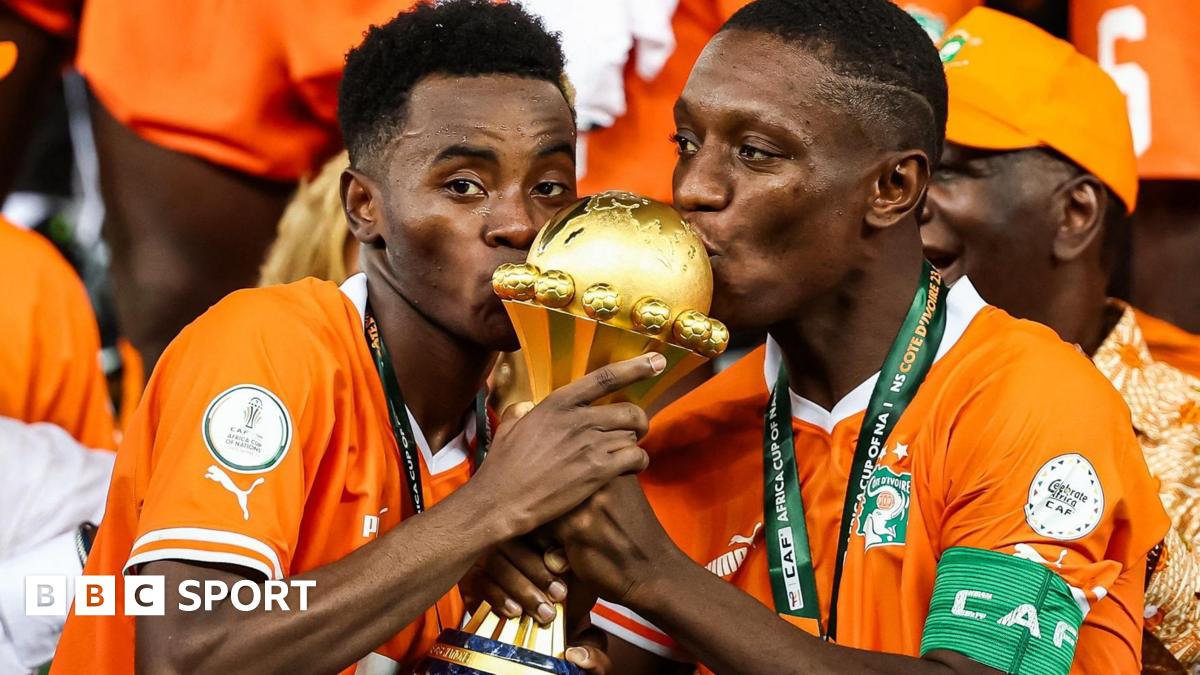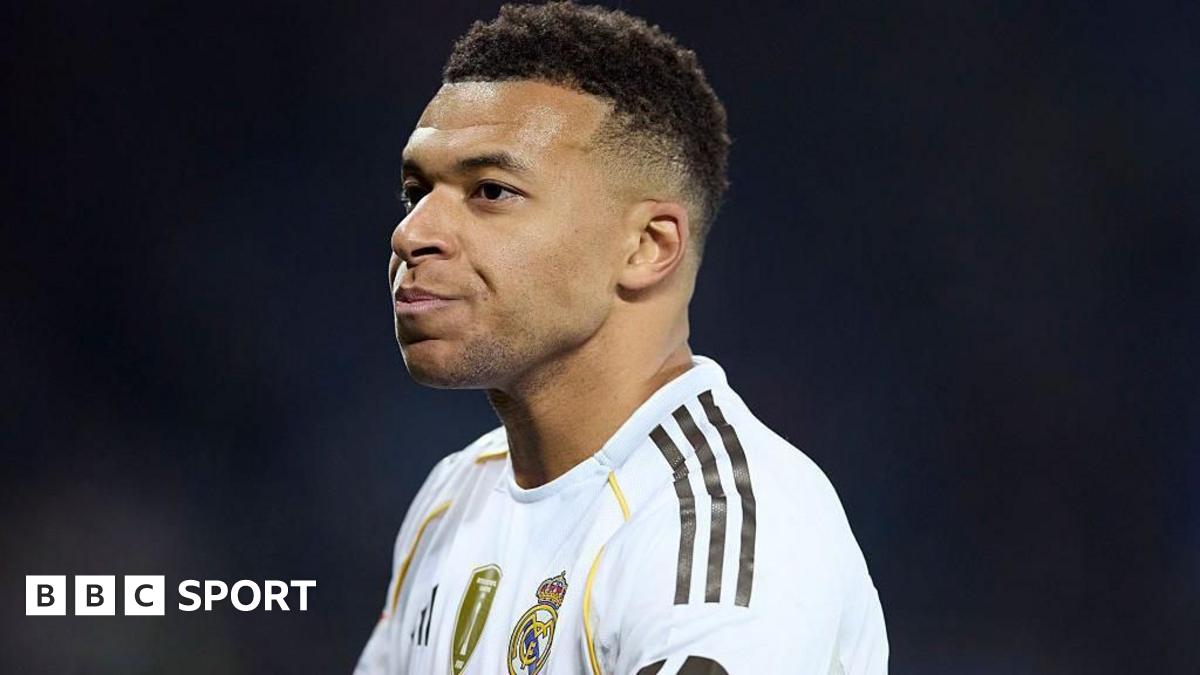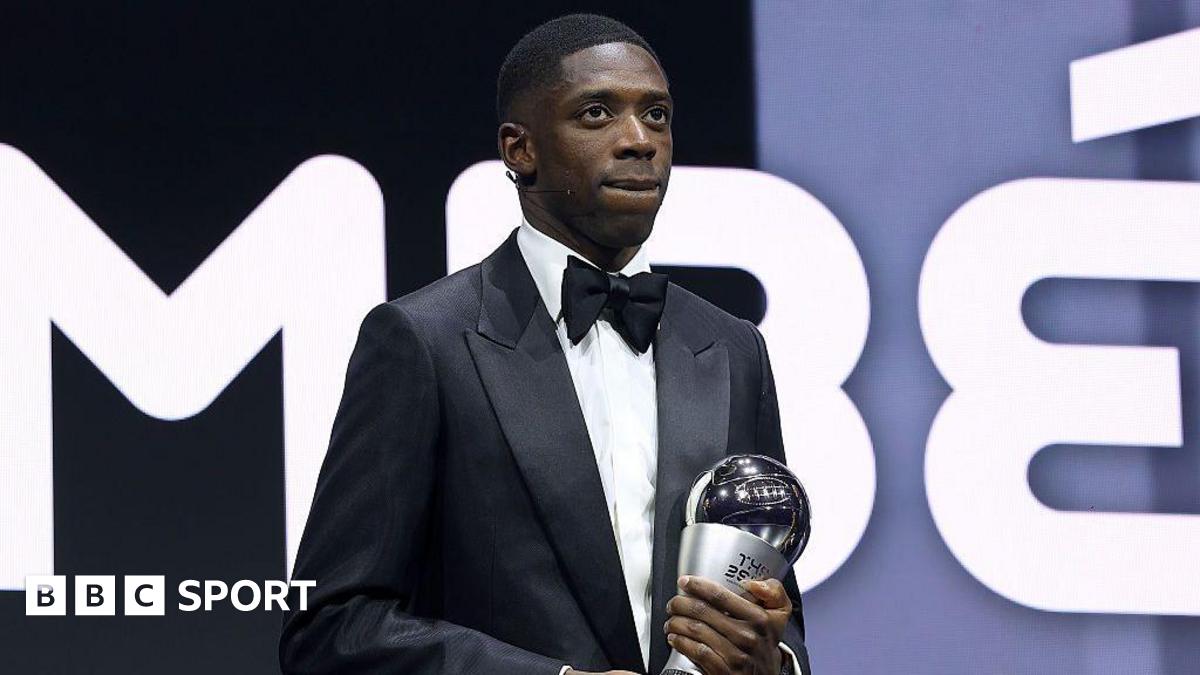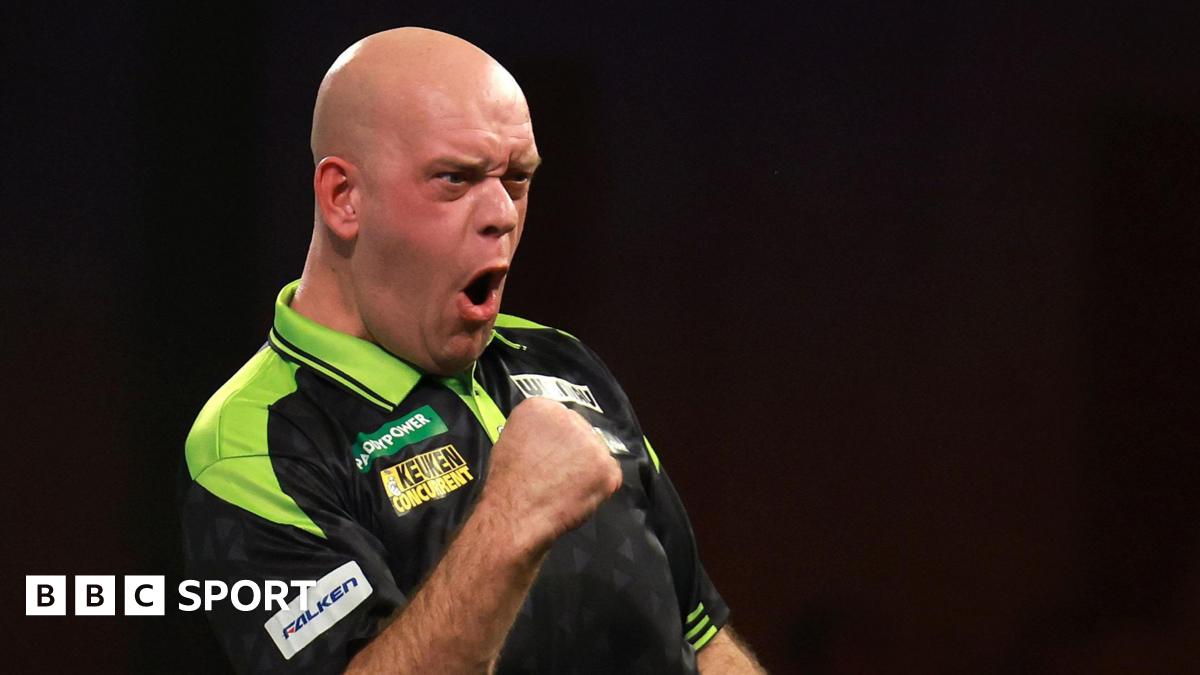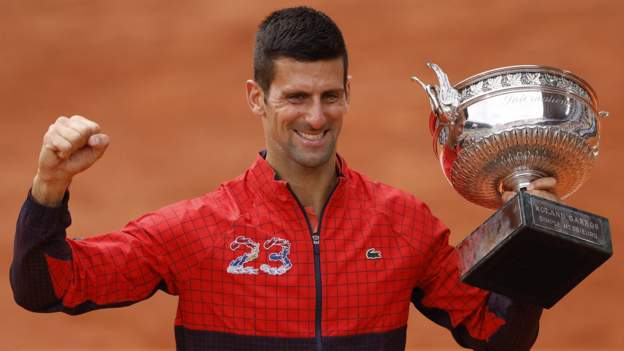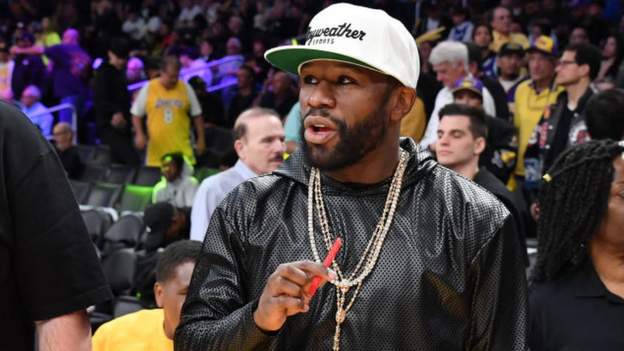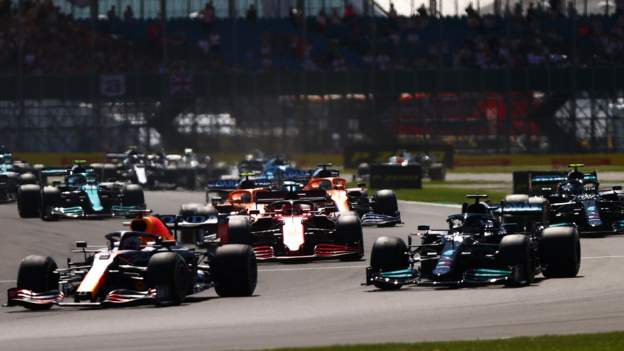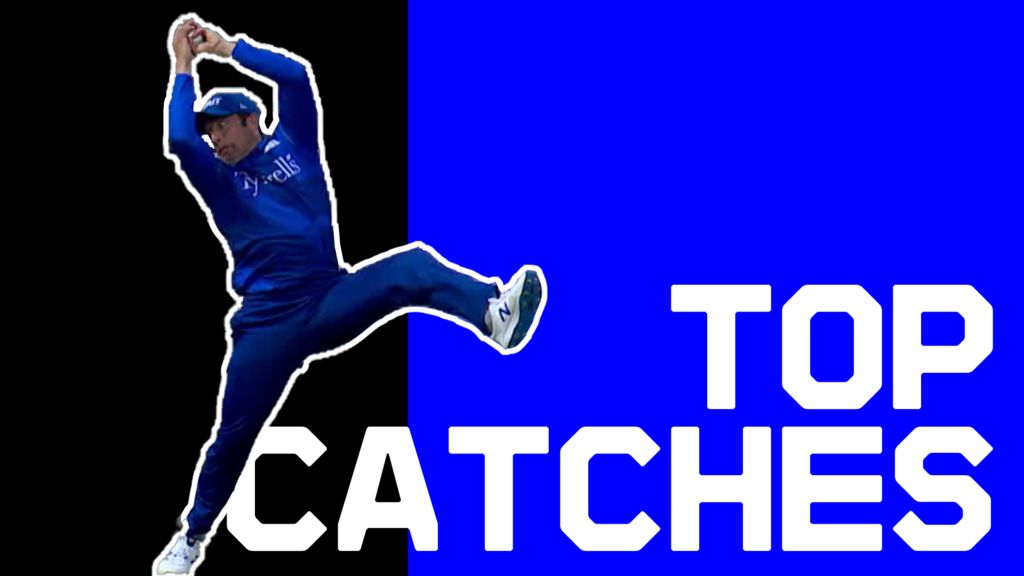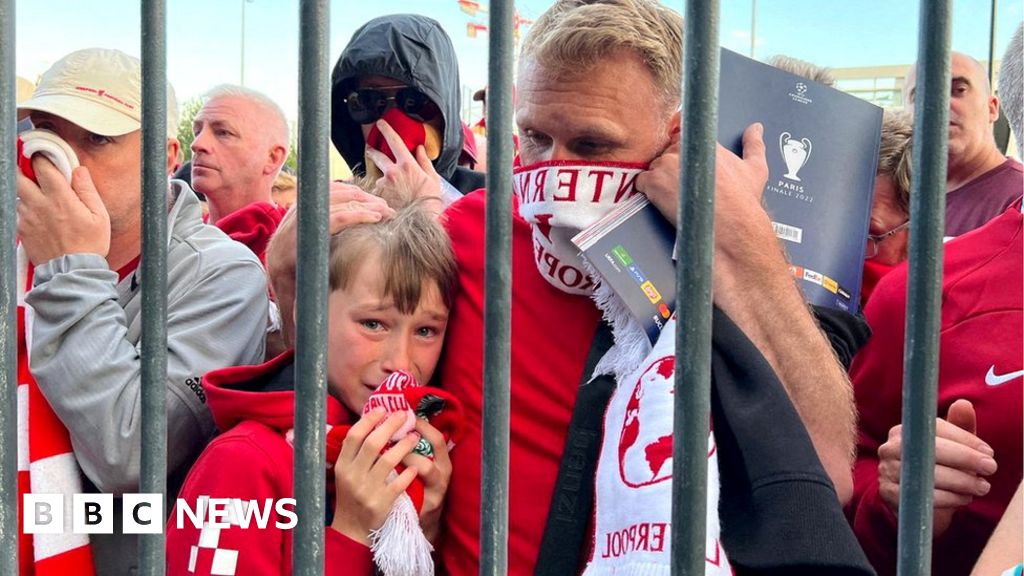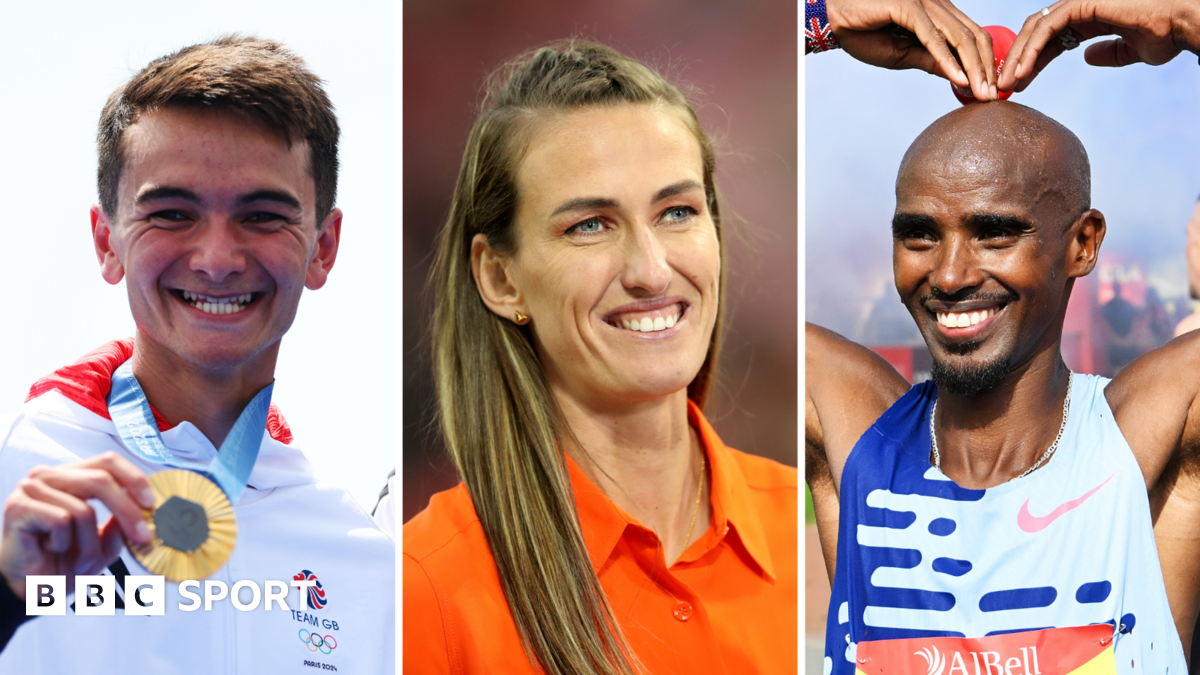Not only was Novak Djokovic playing for the French Open title on Sunday, but he also had the opportunity to move clear for the first time in the race to be crowned the GOAT of men’s tennis.
The number of Grand Slam titles is the most obvious and easiest metric for those who wish to determine – and not everyone does – the Greatest Of All Time.
The Serb, 36, won at Roland Garros to land his 23rd major title, moving him one clear of Rafael Nadal and three ahead of Roger Federer.
With 37-year-old Nadal out injured for much of the year and planning to retire in 2024, and 41-year-old Federer already retired, Djokovic beating Casper Ruud for his third French Open title may have settled the debate once and for all.
Now Djokovic has the chance at Wimbledon in July – where he is the four-time defending champion – to move ahead of Serena Williams and equal Margaret Court’s record by winning his 24th major.

For some, the GOAT discussion is frivolous and does a disservice to the achievements of each player.
The numbers do not tell the full picture, of course. It is not possible to quantify their different playing styles, how they have adapted their games or their physical and mental strength, nor how they have overcome the tough moments that have peppered their careers.
But it does provide the framework for the debate. Here, BBC Sport crunches the numbers and gives you the chance to have your say in the comments section at the bottom.
From a frontrunner to a three-horse race
The race to be crowned the GOAT – in terms of major titles, at least – became a fluctuating battle between three men, which few had seen coming.
When a 27-year-old Federer overtook Pete Sampras’ previous best mark with his 15th Grand Slam title at Wimbledon in 2009, few thought he would ever be caught.
At that stage, 23-year-old Nadal had won six majors and 22-year-old Djokovic had just landed his maiden title at the 2008 Australian Open.

After winning at least one major every year from 2003 to 2010, Federer’s trajectory began to plateau in 2011, the year Djokovic took his game to new heights.
Another Wimbledon title followed for Federer in 2012 – but then, thanks to a combination of his rivals’ brilliance and injuries, the Swiss did not win another major for four years.
Most wrote him off as Nadal and Djokovic closed in on his tally, before Federer’s renaissance in 2017 – when his rivals stumbled because of injury and loss of form – kept him at least three titles ahead.
That was until 2019, when Nadal and Djokovic shared the four majors equally, leaving the trio closer than ever.
Then Federer had company – for the first time since he was briefly level with Sampras in 2009 – after Nadal’s win at Roland Garros in 2020.
Djokovic pulled level on 20 after winning the Australian Open, French Open and Wimbledon titles in 2021.
But he missed the opportunity to win again at Melbourne Park in 2022 when he was deported from Australia in a visa row connected to him not being vaccinated for Covid-19.
That allowed Nadal to take the outright lead for the first time, moving two clear when he won a record 14th Roland Garros title last year.
However, Djokovic won Wimbledon last year and has added the Australian Open and French Open titles this year to take sole leadership for the first time.
How do they compare on different surfaces?
Some had argued that Nadal’s dominance on the Roland Garros clay means he is perhaps not as complete an all-round player as Federer and Djokovic.
The ‘King of Clay’ has won 14 of his 22 major titles in Paris. Neither Federer nor Djokovic have been as dominant in one place, although nor has any other player – male or female – in the history of the sport.
But Federer and Djokovic do each have a Grand Slam they have bossed over the years, and at which they hold the record for the number of men’s titles won.
Djokovic has claimed 10 of his 23 victories on the Australian Open hard courts, while Federer won eight of his 20 majors on the Wimbledon grass.
However, neither Federer nor Nadal have achieved what Djokovic did by lifting the Coupe des Mousquetaires again on Sunday – winning at least three Slams on each surface.
By beating Ruud, Djokovic has become the only man in history – and fourth player after Court, Steffi Graf and Williams – to win each of the four majors three times.
Nadal has won them all at least twice, with Federer winning just once on the Paris clay.
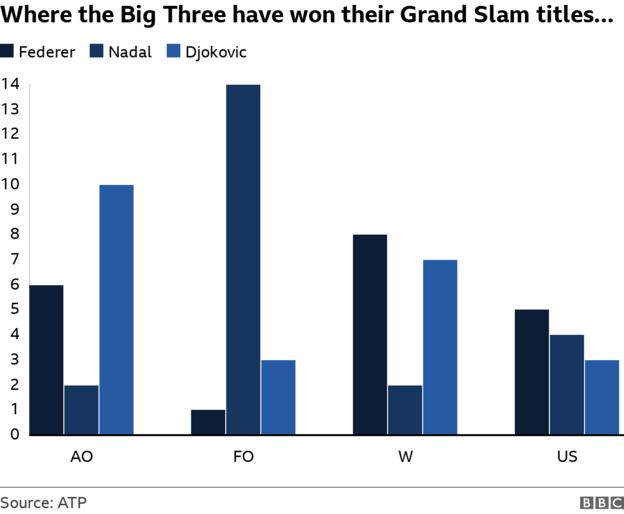
How have they fared against each other?
This is another area where Djokovic’s claims are strengthened.
He just has the edge over Nadal in an enduring rivalry that has been played out more times than any other in men’s history.
Djokovic has won 30 of their 59 meetings, although the Spaniard has won 11 of their 18 matches at the majors.
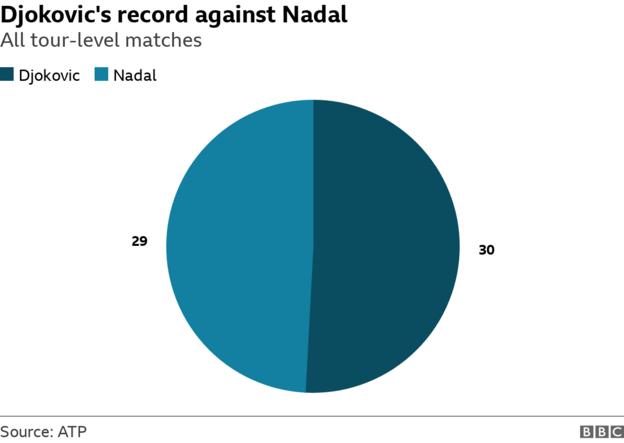
Djokovic’s head-to-head record against Federer is even better – he has won 27 of their 50 matches.
Djokovic has been victorious in 11 of their 17 Grand Slam contests, including their past six meetings at majors, a run stretching back to 2014.
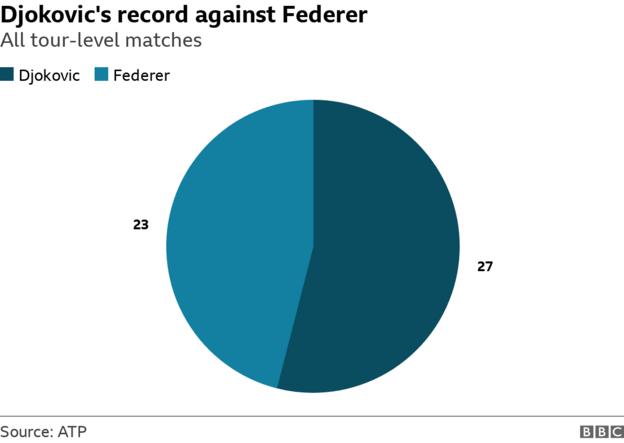
How do they compare in terms of longevity?
Aside from Grand Slam titles, the length of time spent as the world number one is another key indicator.
Djokovic has spent the most weeks in history at the top of the men’s rankings.
By beating Ruud, he replaced Carlos Alcaraz as world number one and will top the rankings for a record-extending 388th week of his career.
That is well ahead of Federer’s 310 weeks, with Pete Sampras (286), Ivan Lendl (270), Jimmy Connors (268) and Nadal (209) coming next.
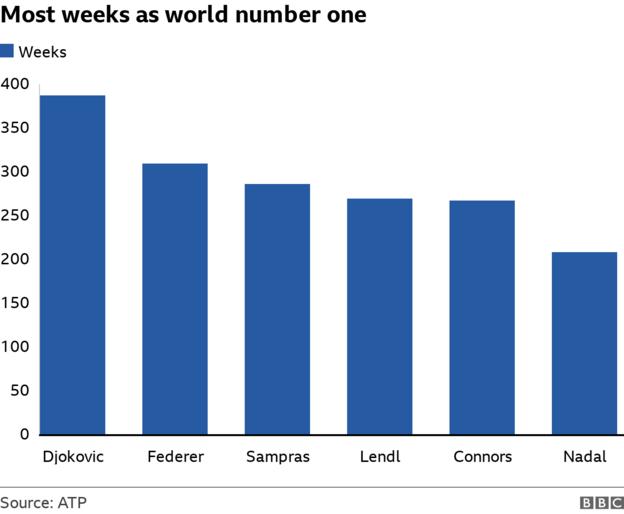
What about the other big tournaments?
While Grand Slams garner the most attention, there are plenty of other important tournaments that feed into the conversation.
Of the big three, Federer has won the most career titles, with 103. In fact, only American Connors, who won 109 titles, has a better tally in the men’s game.
Djokovic’s latest French Open titles moves him on to 94, joint with Lendl in third place, and two clear of Nadal’s 92.
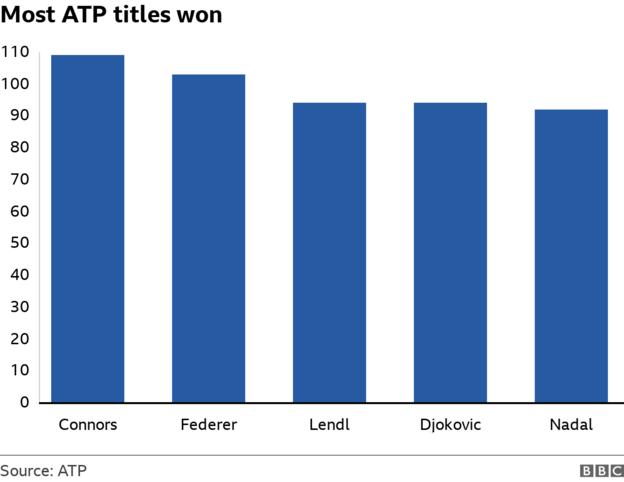
Federer and Djokovic lead the way at the end-of-season ATP Tour Finals, with Djokovic winning a record-equalling sixth title last year at an event which Nadal, curiously, has never won.
Nadal is a two-time runner-up – he lost to Federer in 2010 and Djokovic in 2013 – but has missed five of the past 11 editions.
Below the Grand Slams and Tour Finals, the next tier of events are the nine Masters tournaments.
Since 2009 these have been held on hard courts in Indian Wells, Miami, Canada (alternating between Montreal and Toronto), Cincinnati, Shanghai and Paris Bercy, with clay-court events in Monte Carlo, Madrid and Rome.
Djokovic won the Rome title last year to claim his 38th Masters title, moving further clear of Nadal. Behind the pair are Federer, Andre Agassi and Andy Murray.
In 2018 Djokovic became the first and only man to win all nine Masters tournaments.

Now you have considered the evidence, is Djokovic the undisputed men’s GOAT? Or are Nadal and Federer still in the debate? Have your say in the comments section below.




